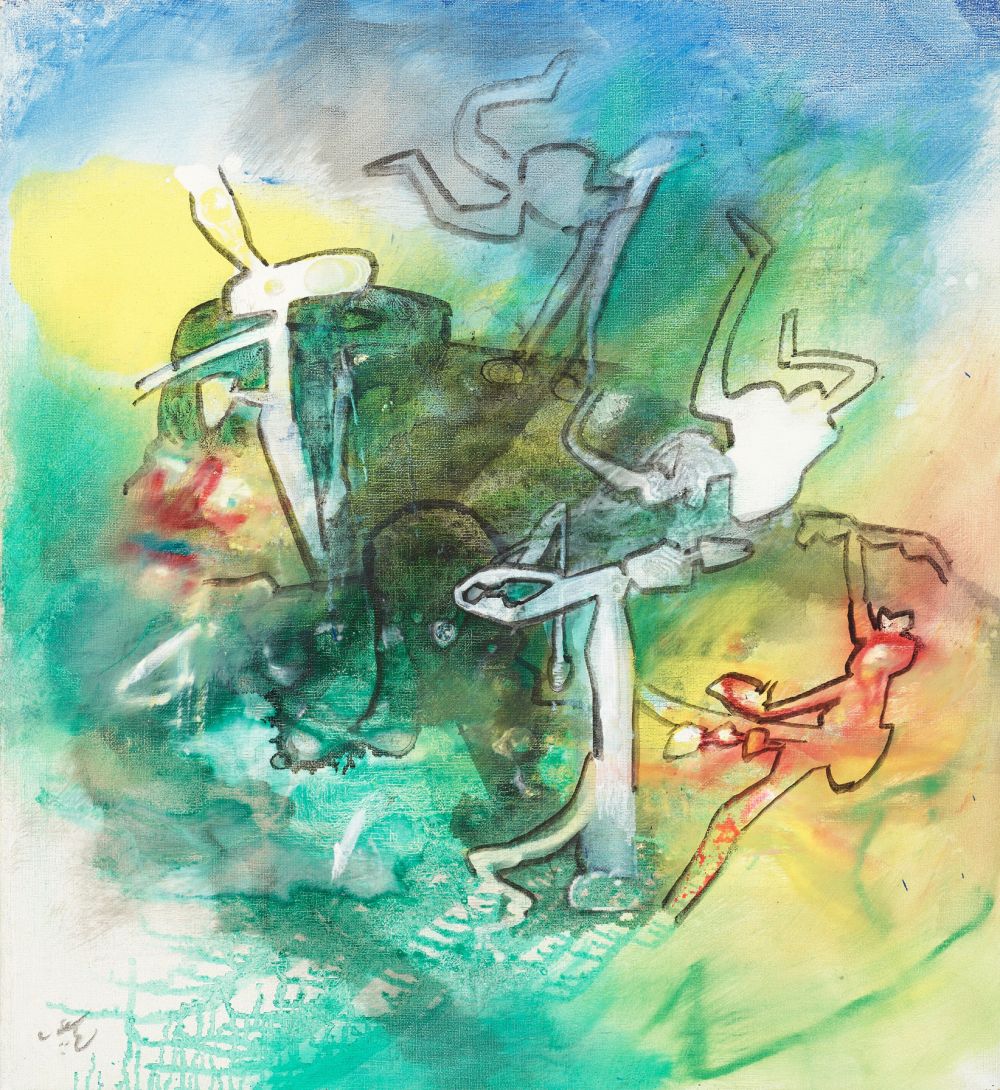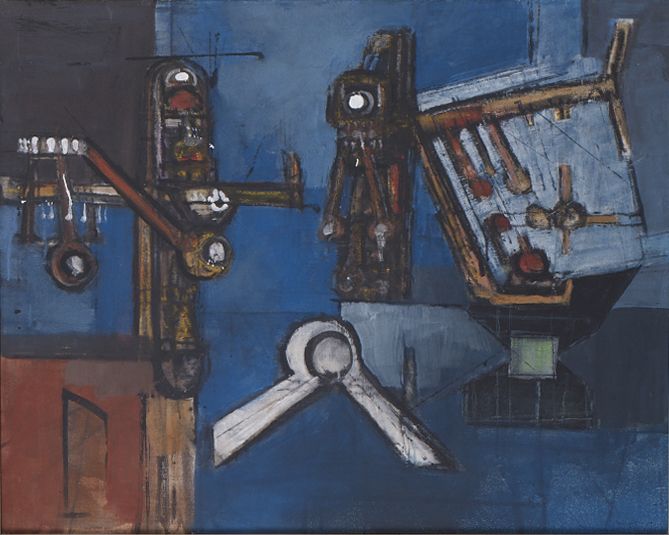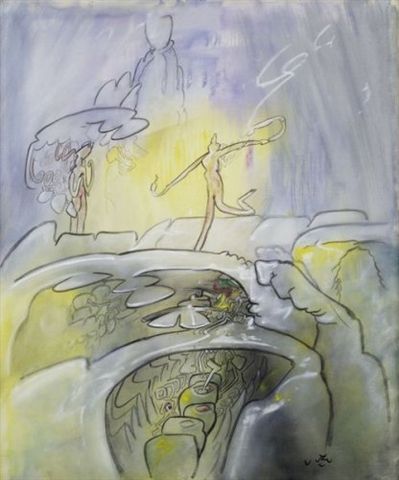Roberto Matta

Selected Works

Roberto Matta
Un évitable, 1974
Huile sur toile
80 x 100 cm

Roberto Matta
Folle-Royer, 1985
Huile sur toile
73 X 67 cm

Roberto Matta
Voir L'Intelligence, 1973
Huile sur toile
96 X 80 cm
Some of the works depicted are no longer available.
Biography
Matta's works are not intended to be realistic: they are visual torments, a tangle of swirling shapes, almost phosphorescent colors, sharp lines, and ghostly or robotic figures. Rather than illustrating specific events, they seek to translate the violence of the century.
Public Collections
Amsterdam, Stedelijk Museum; Baltimore, NY, Baltimore Museum of Art; Bruxelles, Musée Royaux des Beaux-Arts de Belgique: Cambridge, Harvard Art Museum, Cambridge MA; Chicago, IL, Art Institute of Chicago; Chicago, IL, Museum of Contemporary Art Chicago; Chicago, IL, Smart Museum of Art, University of Chicago; Cleveland, OH, Cleveland Museum of Art; Haifa, Haifa Museum of Art; Houston, TX, The Menil Collection; Houston, TX, The Museum of Fine Arts; Indianapolis, IN, Indianapolis Museum of Art; Londres, Tate Modern; Los Angeles, CA, Los Angeles County Museum of Art (LACMA) Madrid, Musée Reine Sofia; Madrid, Museo Nacional Thyssen-Bornemisza; Mexico City, Museo Tamayo; Milwaukee, WI, Milwaukee Art Museum; New Heaven, CT, Yale University Art Gallery; New York, NY, Solomon R. Guggenheim Museum; New York, NY, Museum of Modern Art; New York, NY, Metropolitan Museum of Art; New York, NY, Whitney Museum of American Art; Paris, Musée d’Art moderne de la Ville de Paris; Paris, Musée national d’Art moderne – Centre Pompidou; Philadelphie, PA, Philadelphia Museum of Art; Pittsburgh, PA, Carnegie Museum of Art; Poughkeepsie, Frances Lehman Loeb Art Center – Vassar College; Princeton, NJ, Princeton Univeristy Art Museum Providence, RI, Museum of Art, Rhode Island School of Design; Saint Louis, MO, Saint Louis Art Museum; San Francisco, CA, San Francisco Museum of Modern Art; Santiago, Centro Cultural Palacio La Moneda; Santiago, Museo de la Solidaridad Salvador Allende; Stockholm, Moderna Museet, Tel-Aviv-Yafo, Musée d’Art Moderne de Tel Aviv; Williamstown, MA, Williams College Museum of Art.
